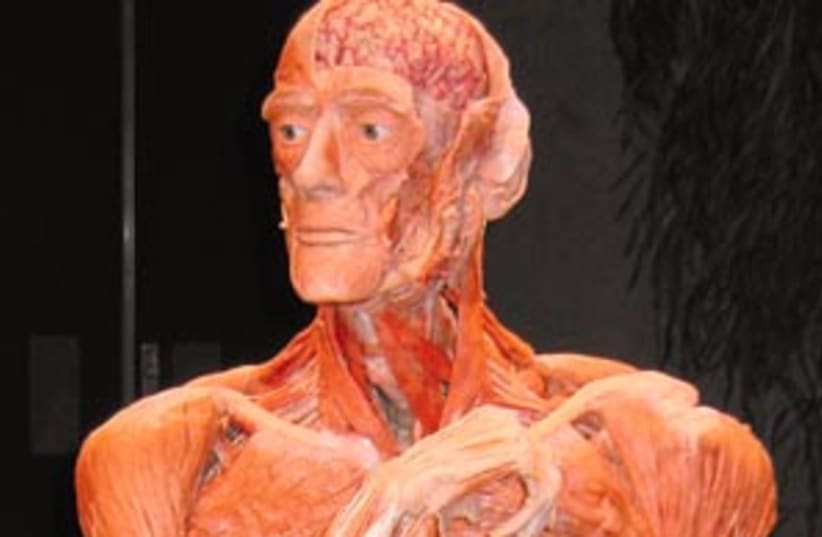| More about: | William Shakespeare, Jean-Paul Sartre, Gunther von Hagens, The Guardian |
Preserved for your viewing pleasure
Could the fascinating and sometimes gruesome 'Body Worlds' exhibit ever come to Israel?


| More about: | William Shakespeare, Jean-Paul Sartre, Gunther von Hagens, The Guardian |